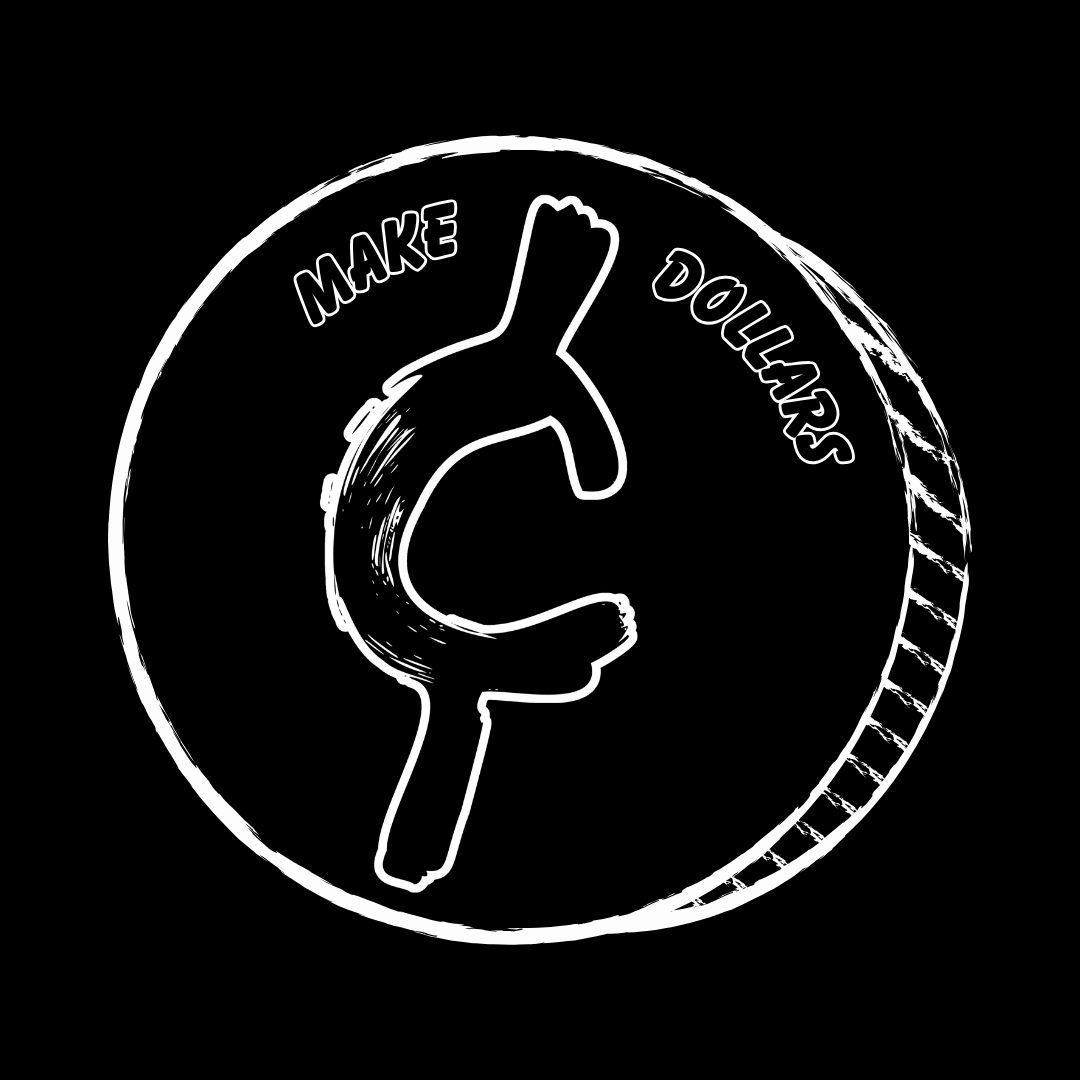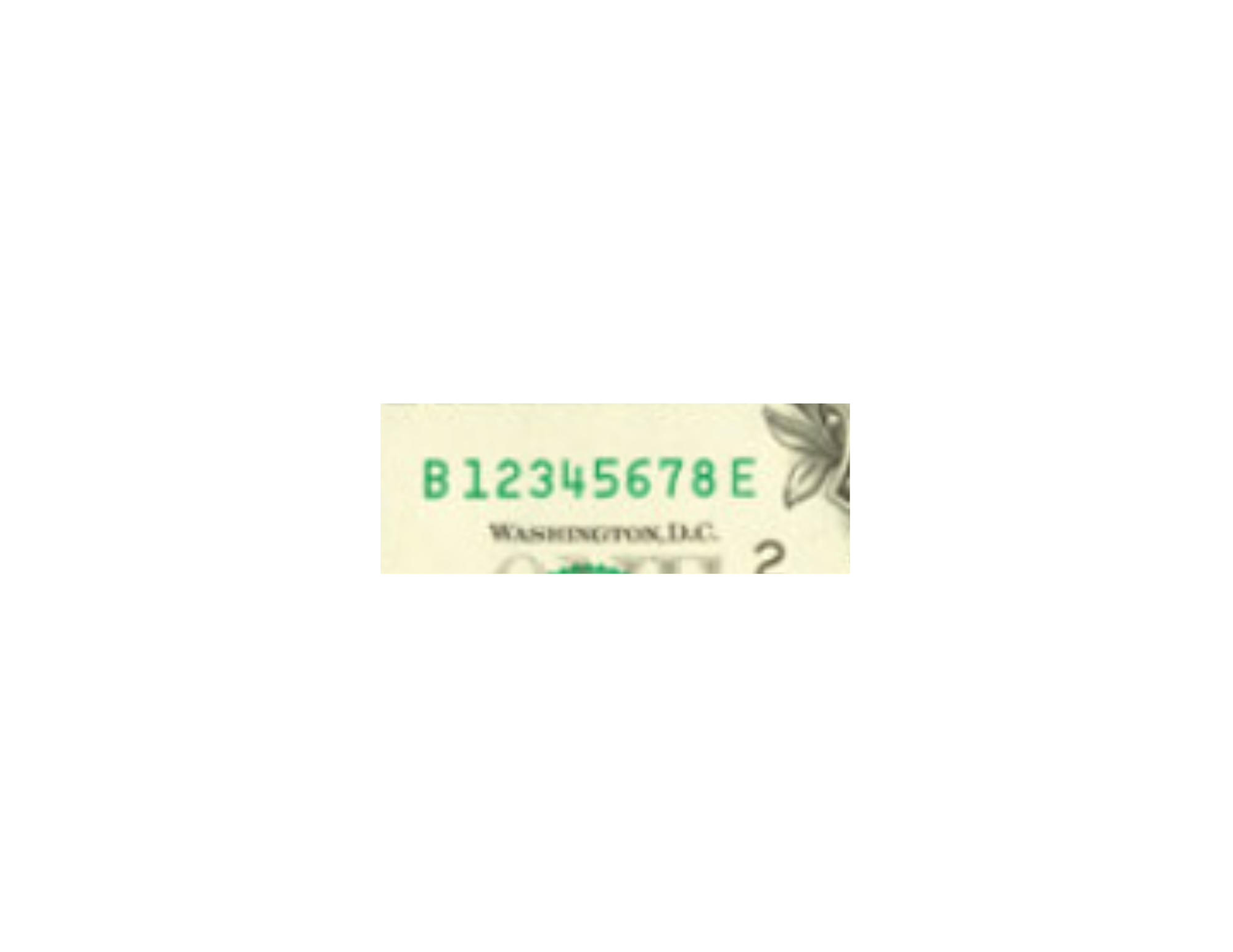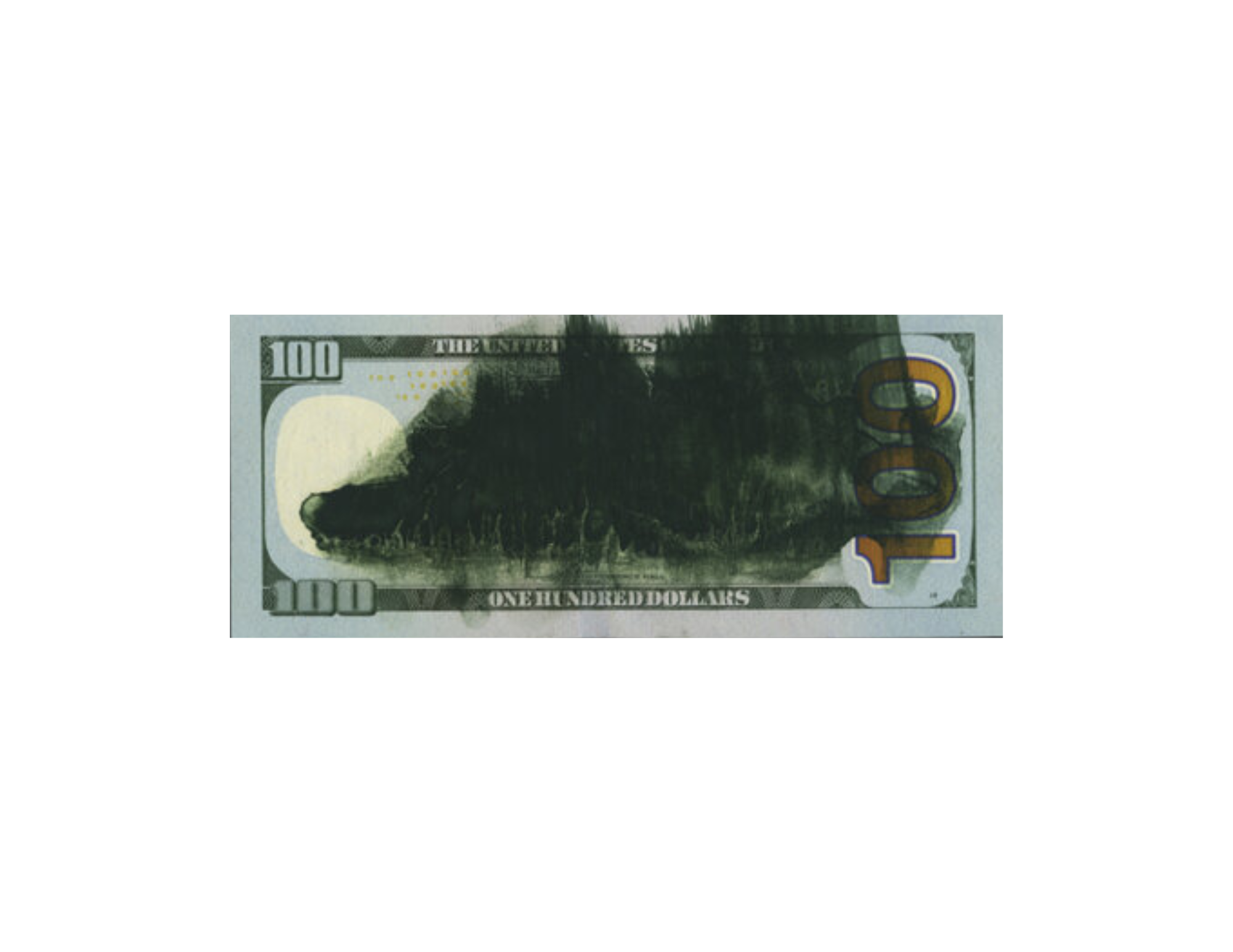A Beginner’s Guide to Bank-Strap Hunting
What is bank-strap hunting?
Bank-strap hunting is the practice of obtaining full straps (bands) of freshly counted banknotes from banks, credit unions, or cash handlers and inspecting them for collectible notes — especially fancy serial numbers, low serials, star notes, and older/red or silver/gold certificate types. It’s like coin roll hunting but for paper money.Why it’s worth doing
You can find valuable notes for face value.
Modern collectors pay premiums for fancy serials (solid numbers, radars, ladders, repeating numbers), very low serials, star notes and more.
Older paper types (Silver Certificates, Gold Certificates, United States Notes / red seals) are collectible in their own right.
It’s cheap, repeatable, and makes great on-camera content (fast pickups, real reaction clips).
Once you’ve gotten cash bundles from your local bank / credit union it’s important to look for…Types of Fancy Serial Numbers
Low Serial Numbers
The lower the number, the higher the premium (assuming good quality)Solid Serial Numbers
All the same digit throughout (Example: 99999999)Ladders (Either Direction)
Sequential digits, up or down (Example: 12345678 or 87654321)
Binary Serial Numbers
Only two (2) different digits are used throughout the serial numberRadars (Palindrome)
Reads the same forwards and backwards (Example: 12344321)Repeating Serial Numbers
The same sequence of numbers repeated once or moreWhy Collectors Love ‘Star Notes’
Star notes are replacement notes printed to replace misprinted or damaged notes during production. They carry a star (★) at the end (or beginning, depending on series) of the serial. Because fewer are printed than regular notes, they’re scarcer and thus more collectible — especially in lower series counts or high-grade condition. Value depends on series, denomination, demand, and condition. Modern small-denomination star notes are common enough to be modest premiums; older star notes (or rare series) command strong premiums.
Silver Certificates & Gold Certificates
Silver Certificates were issued mainly from the late 1800s through the mid-20th century and could once be exchanged for actual silver. They’re easy to spot with their blue Treasury seals and serial numbers, and today they’re collected for both their history and design.
Gold Certificates, which carry gold or orange/yellow seals, were once redeemable for gold coin until 1933. Most were recalled during the Great Depression, making survivors much scarcer and more valuable. Even common examples carry collector premiums, while high-grade or rare denominations can sell for thousands.
Look Out For Banknote Errors
Error notes are mistakes that slipped through the Bureau of Engraving and Printing, and collectors love them because they’re unusual, scarce, and often visually dramatic. Some errors are extremely rare, while others are more common but still command premiums.
Widely Recognized U.S. Banknote Errors:
Mismatched Serial Numbers – Left and right serial numbers don’t match.
Misaligned Print (Offset Errors) – Parts of the design are shifted out of position.
Ink Smears / Insufficient Inking – Blotches or missing design from printing errors.
Cutting Errors – Notes cut off-center, with margins too big or part of another note visible.
Fold-Over Errors – The paper was folded during printing, creating blank or doubled areas.
Missing Overprint – Missing seals, serial numbers, or both.
Offset Printing - One side of the banknote is visible through the other.
Double Printing – A design element printed twice, creating a shadowed look.
Obstructed Printing / Foreign Material – Objects (like debris) interfered, leaving blank spaces.
These errors range from minor oddities worth a small premium to dramatic mistakes that can sell for thousands.
Don’t Forget About The Red Seal Banknotes
Red Seal notes are a type of United States Note, a form of paper money issued by the U.S. Treasury from the mid-1800s until the 1970s. Unlike today’s Federal Reserve Notes with green seals, Red Seal notes are instantly recognizable by their red Treasury seals and serial numbers.
They were printed in various denominations, most commonly the $2 and $5, but also in higher values. While they were once everyday currency, Red Seal notes are now obsolete and highly collectible. Their appeal comes not only from the bold red ink but also from their historical significance as a discontinued form of U.S. money.
Major Red Seal Banknote Denominations & Series Years
$1 Red Seal Notes – Series 1928 only (short-lived and scarce).
$2 Red Seal Notes – Series 1928, 1953, and 1963.
$5 Red Seal Notes – Series 1928, 1953, and 1963.
$100 Red Seal Notes – Series 1966 and 1966A (last issued Red Seals).
Collectors value them based on condition, denomination, and rarity, with uncirculated examples commanding the highest prices.
Bank strap hunting is one of the most exciting (and affordable) ways to explore the world of collectible currency. Whether you’re chasing fancy serial numbers, searching for rare error notes, or hoping to uncover historic pieces like Silver Certificates and Red Seals, every strap has the potential to hold hidden treasure. The key is patience, a good eye, and the thrill of discovery—because you never know what might be waiting in the next bundle of bills.















